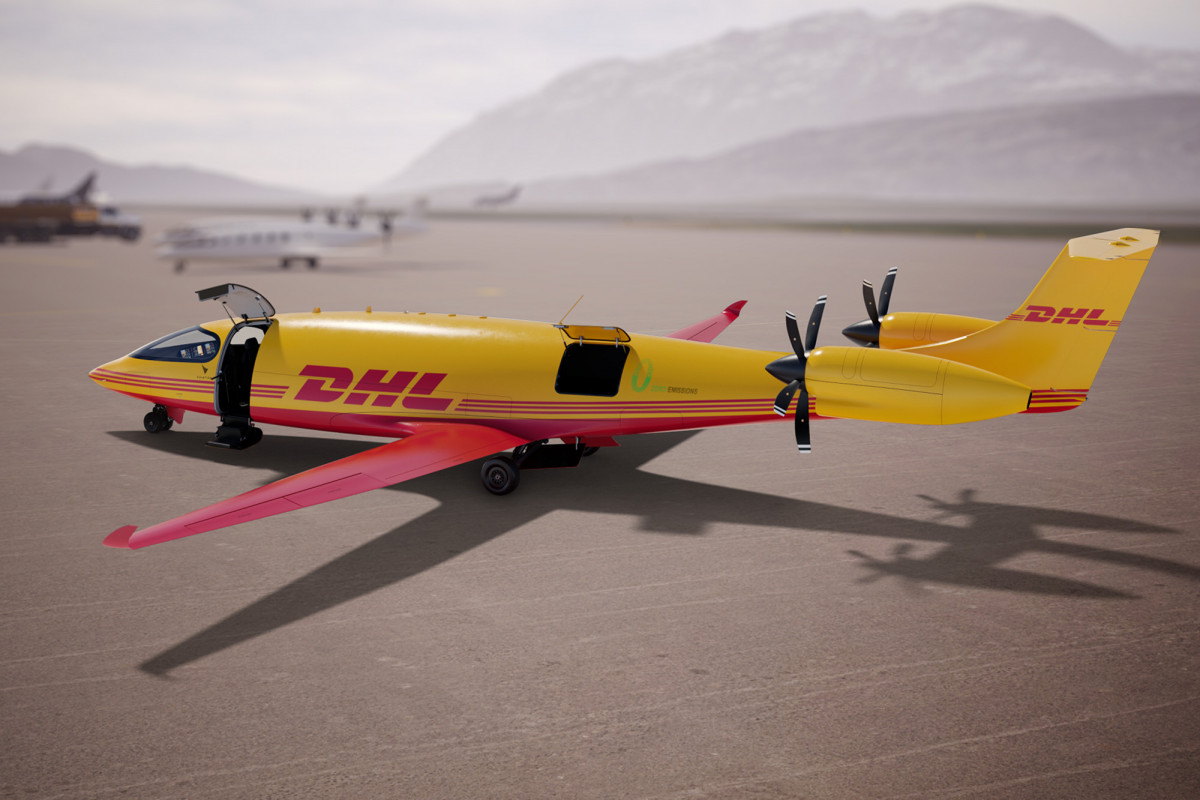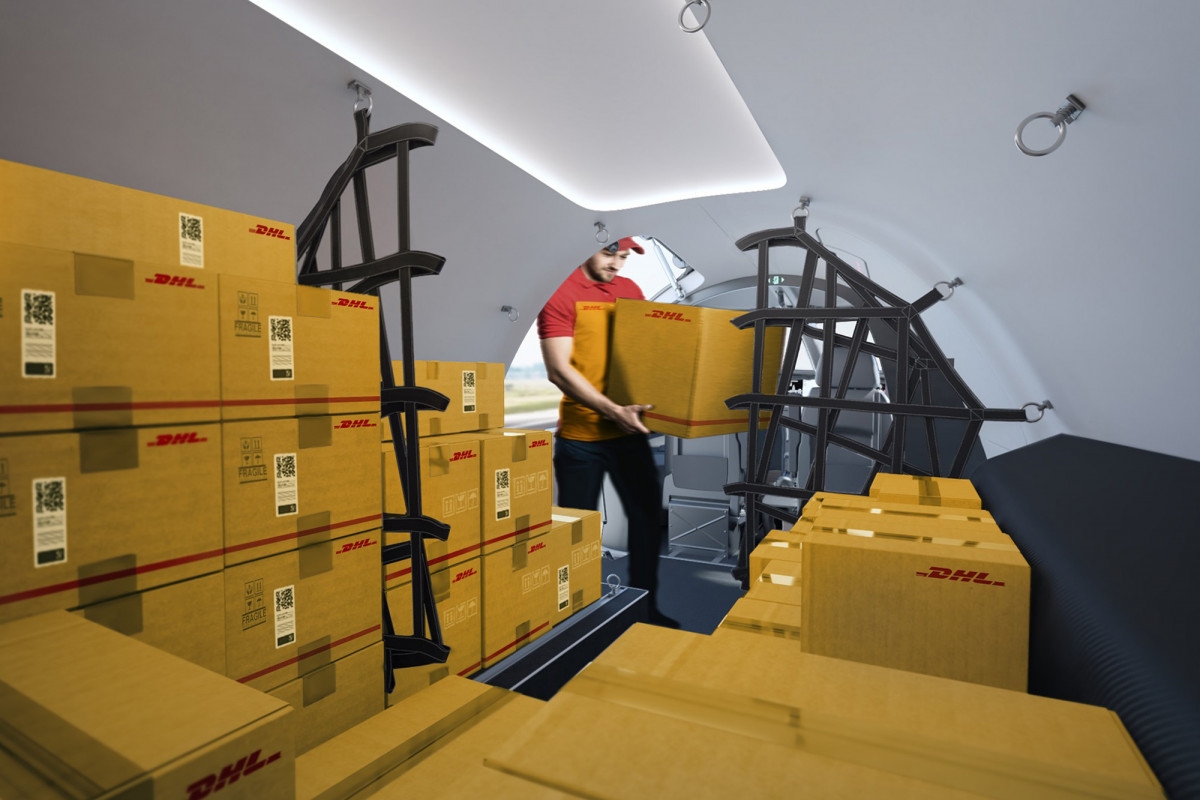
A BETTER WAY TO FLY
DHL AND NATIONAL GEOGRAPHIC CREATIVEWORKS FOLLOW THE FLIGHT OF THE PAINTED LADY BUTTERFLY AND DISCOVER BREAKTHROUGHS IN BATTERY-ELECTRIC FLYING.
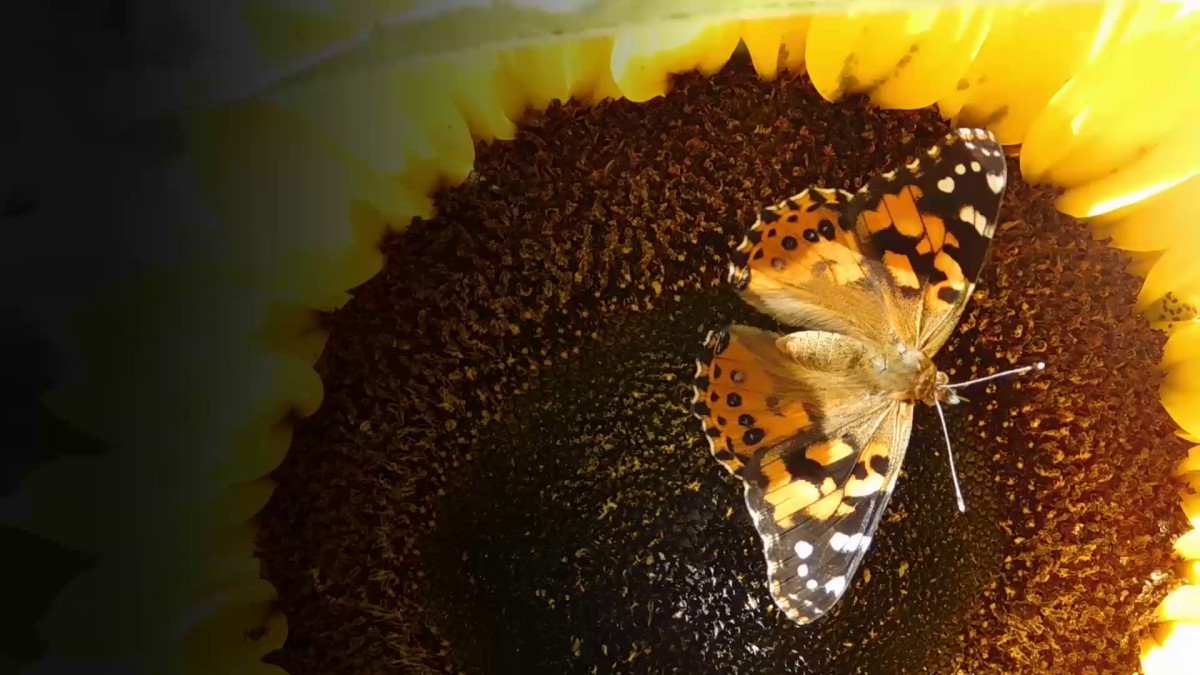
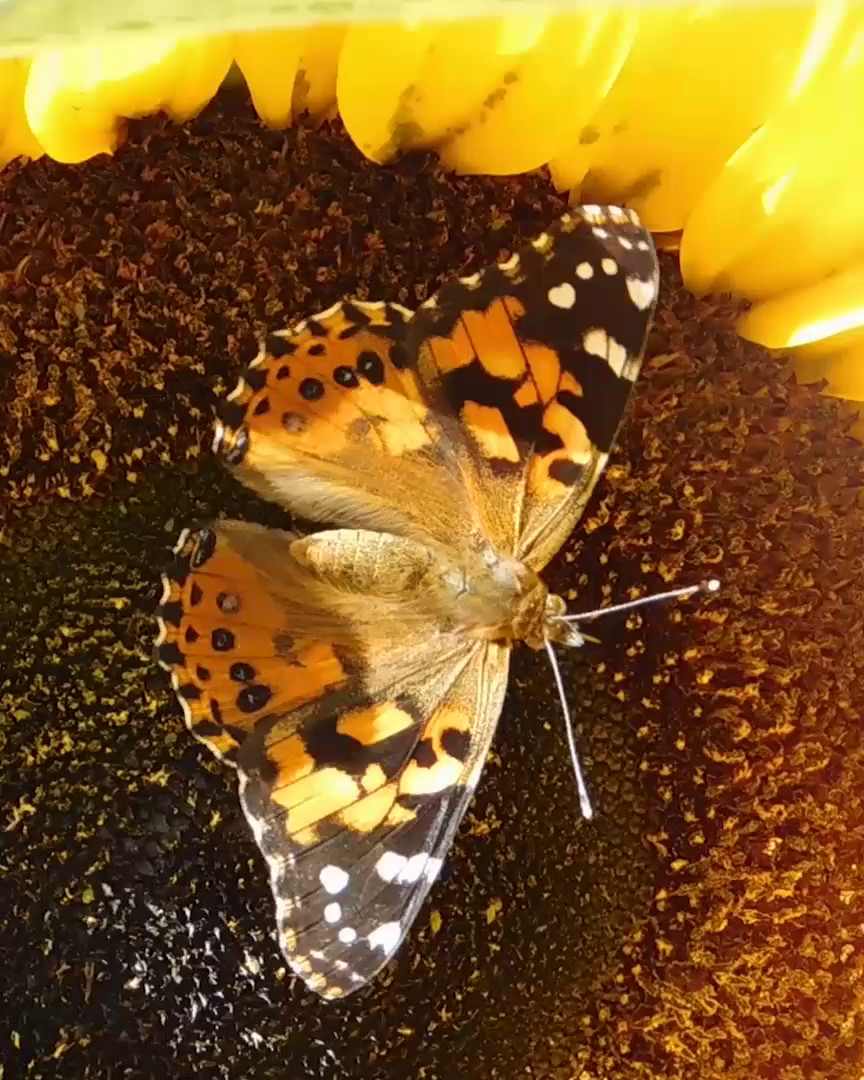
The Painted Lady Butterfly
The Painted Lady butterfly is a natural wonder. With its paper-thin wings, the butterfly covers vast distances across oceans and mountain ranges. On their journey they are susceptible to the effects of climate change, pollution and human interference. We need solutions to protect this centuries-old migration. Elsewhere, technology is making important progress in sustainable flight for human beings.
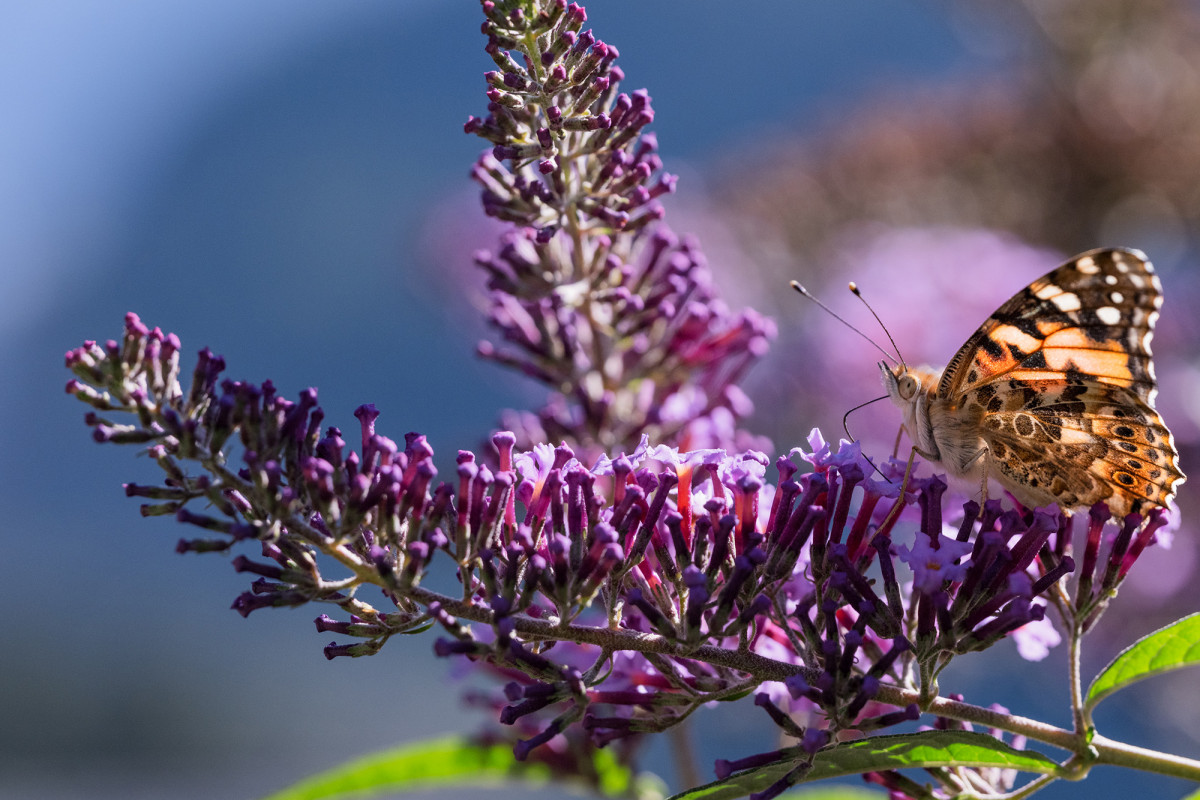
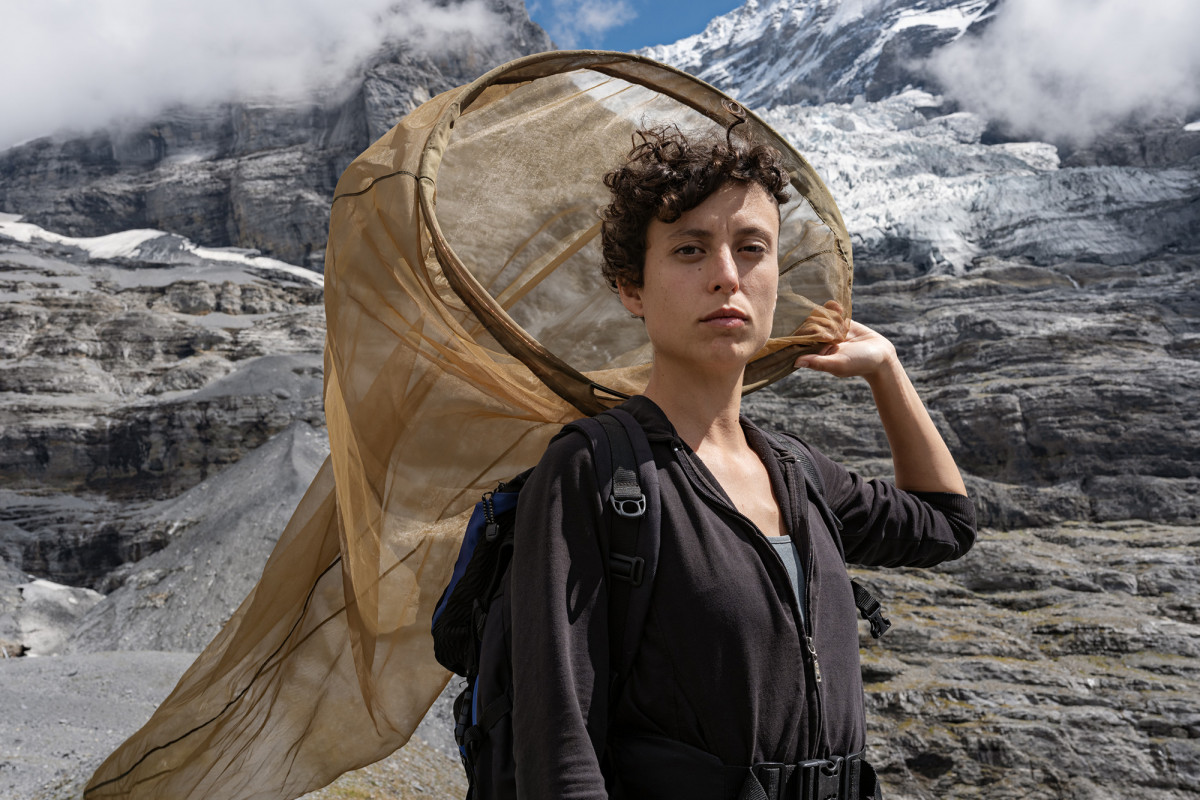
In the third and final episode of the three-part storytelling campaign by DHL and National Geographic CreativeWorks, we take to the air. We meet up with National Geographic photographer Lucas Foglia and lepidopterist from Institut Botànic de Barcelona (CSIC) Aurora García-Berro in Switzerland as they follow the Painted Lady butterfly on their migration from Africa to Europe. The route of the Painted Lady is determined and impacted by multiple factors, which could change rapidly as global temperatures continue to rise.
The World’s First Battery-Operated Aircraft
A better way to fly
Fully charged and ready for lift-off
Experience Alice in Stand-alone 3D augmented reality
How long, how wide, how fast? Learn more about battery-powered Alice with a 3D model. With our Instagram and Facebook filter you can explore a 3D model of the Eviation Alice plane in more detail, in your local environment.
Visit this page with your mobile device to be able to deploy the Instagram or Facebook filter.
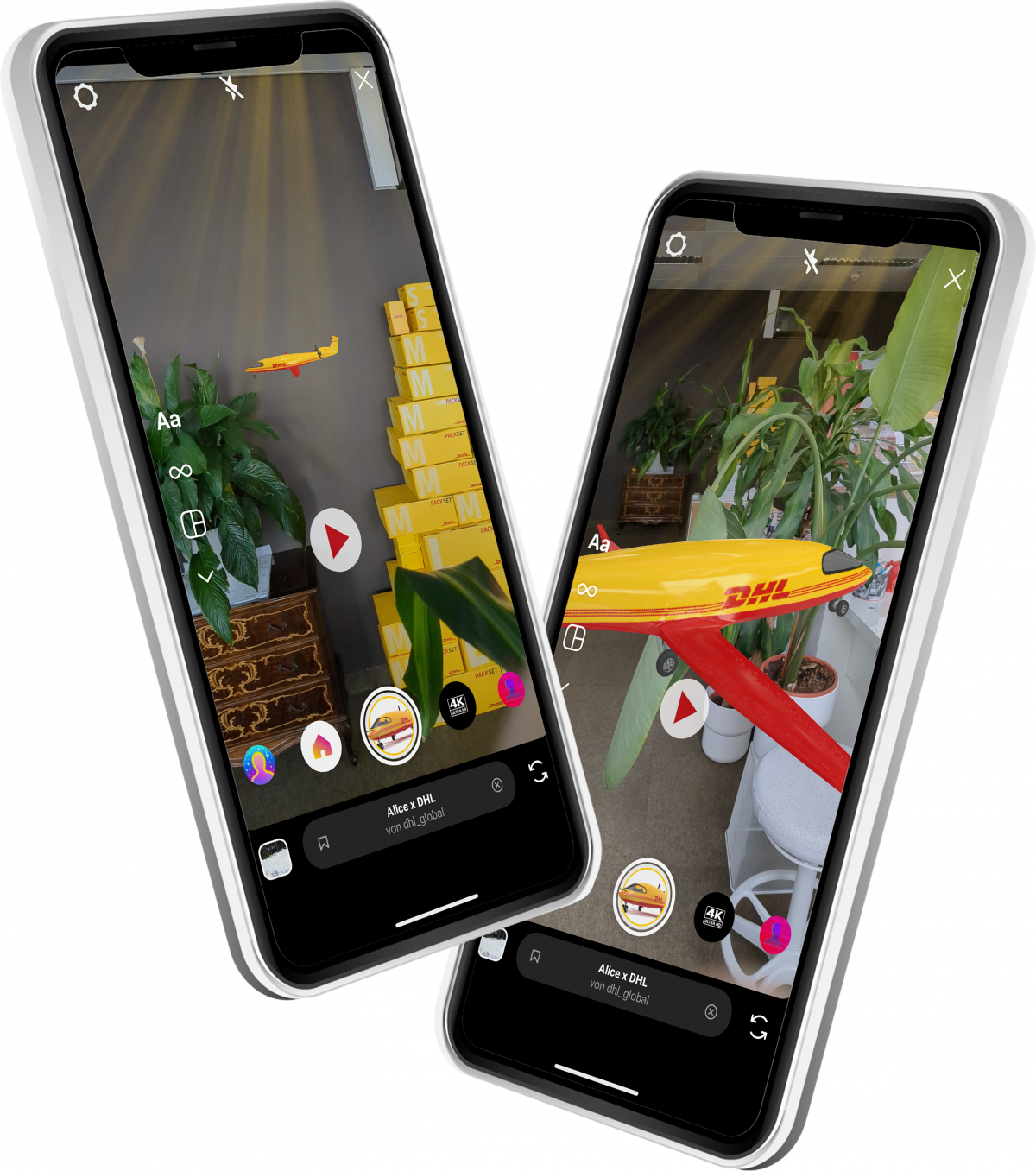
How long, how wide, how fast? Learn more about battery-powered Alice with a 3D model.
With our Instagram and Facebook filter you can explore a 3D model of the Eviation Alice plane in more detail, in your local environment.

Watch the trailer of Alice
A selection of our green logistics solutions
See Other Moving Stories

A Future for Wild Cats
A conservation success story, this project sought to rewild the wild cats
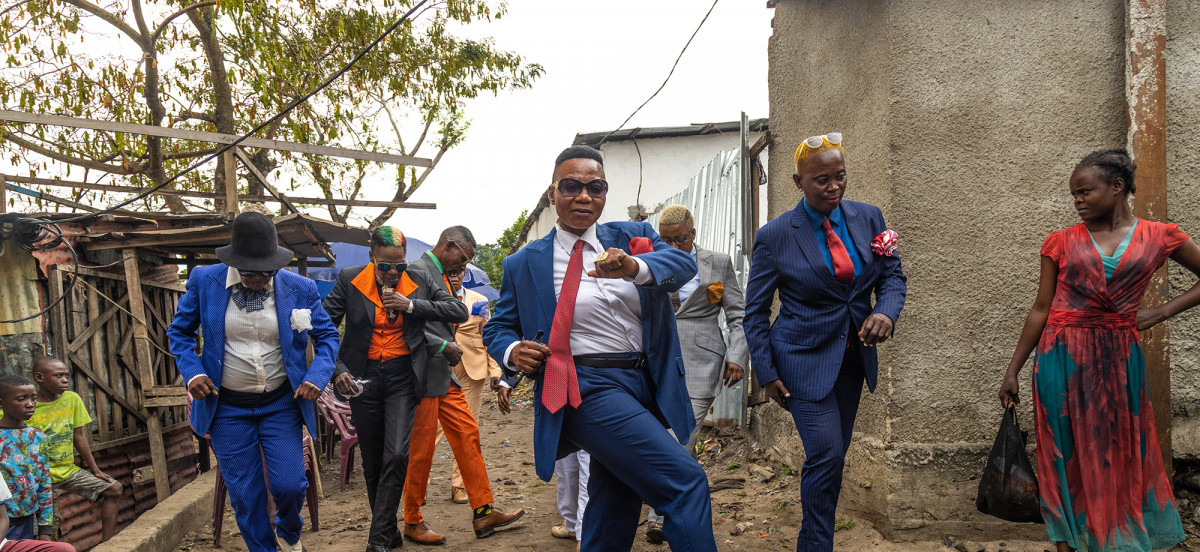
Sapeuses & Entrepreneurs
Discover how fashion plays a central role in the identity of Central African subcultures.

